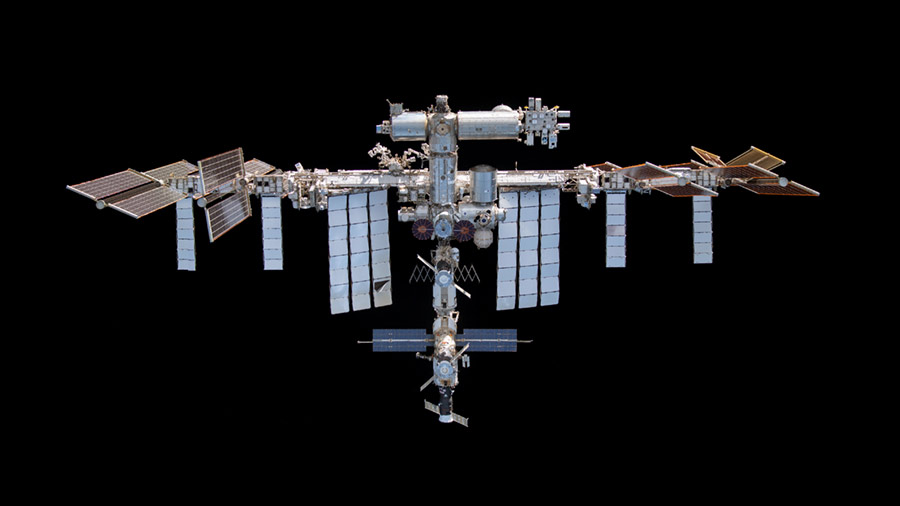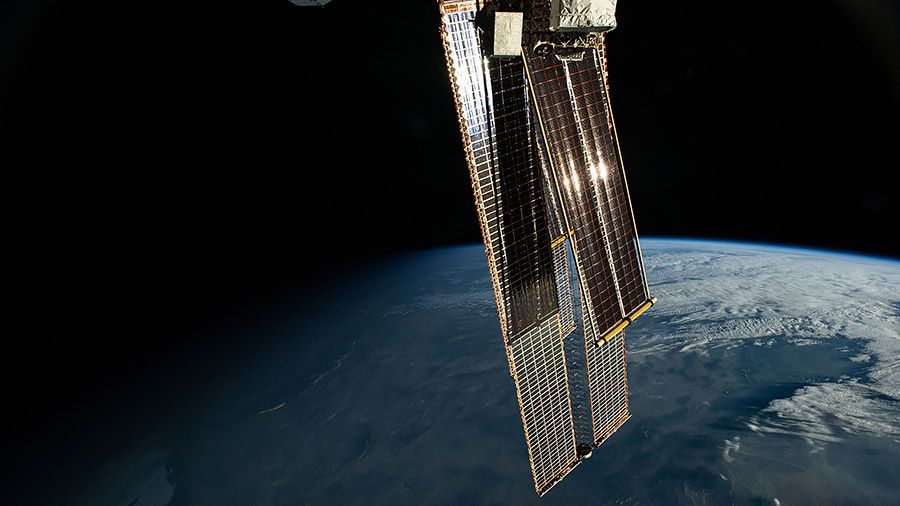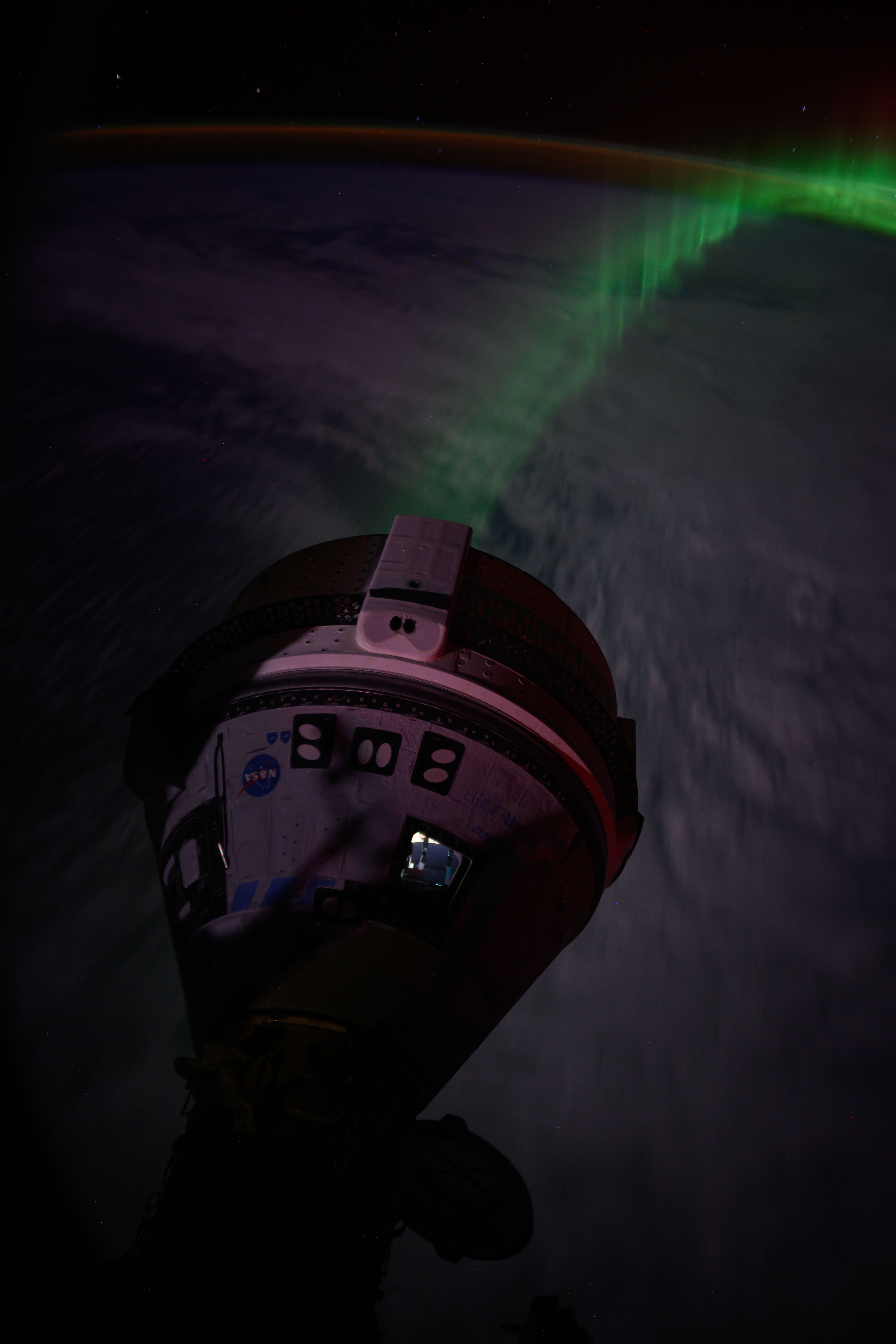
Preparations continue for the next spacewalk at the International Space Station planned for next week. In the meantime, the orbital residents are rebuilding advanced plumbing gear and servicing video and science hardware.
Beginning around 8:45 p.m. EDT on Wednesday, June 26 NASA instructed crews aboard the space station to shelter in their respective spacecraft as a standard precautionary measure after it was informed of a satellite break-up at an altitude near the station’s earlier Wednesday. Mission Control continued to monitor the path of the debris, and after about an hour, the crew was cleared to exit their spacecraft and the station resumed normal operations.
NASA Flight Engineers Tracy C. Dyson and Mike Barratt began Thursday morning reviewing procedures for a spacewalk that will see hardware replacements and installations, preparations for future upgrades on science gear, and photographic inspections of station pipelines. After lunchtime, the two astronauts turned on a computer that visualized the upcoming spacewalk tasks using 3D graphics. NASA will release an advisory soon announcing the spacewalking details and NASA TV coverage times.
NASA Flight Engineers Matthew Dominick and Jeanette Epps had a busy day with spacesuit maintenance, computer updates, and orbital plumbing. Dominick then worked in the Quest airlock during the afternoon recharging spacesuit batteries and dumping and filling the suit water tanks. Epps swapped out a hard drive on a science laptop computer then replaced plumbing components in the Tranquility module’s bathroom, also called the water and hygiene compartment.
Astronauts Butch Wilmore and Suni Williams, both from NASA’s Boeing Crew Flight Test, were back on orbital plumbing duty Thursday. The Starliner Commander and Pilot spent the afternoon preparing the rebuilt pressure control and pump assembly motor for installation in Tranquility’s bathroom.
The orbital outpost’s three cosmonauts relaxed part of Thursday morning before going right into their standard science maintenance tasks. Commander Oleg Kononenko and Flight Engineer Nikolai Chub first began outfitting cables on video cameras. Kononenko then replaced video systems hardware in the Zvezda service module as Chub studied ways to create new materials on the lunar surface. Flight Engineer Alexander Grebenkin photographed microbe samples, dismantled a science cooler, then cleaned air ducts in the Nauka science module.
Learn more about station activities by following the space station blog, @space_station and @ISS_Research on X, as well as the ISS Facebook and ISS Instagram accounts.
Get weekly video highlights at: https://roundupreads.jsc.nasa.gov/videoupdate/
Get the latest from NASA delivered every week. Subscribe here: www.nasa.gov/subscribe









